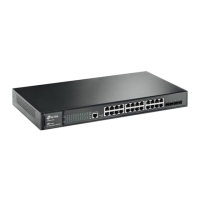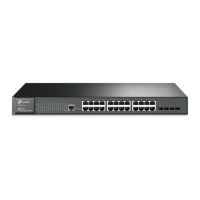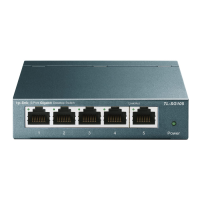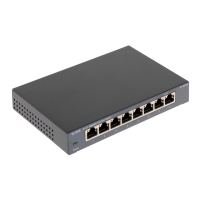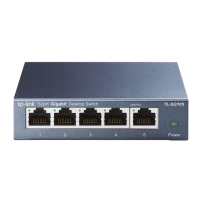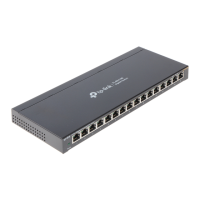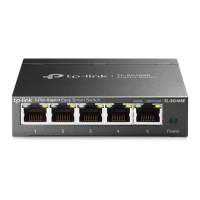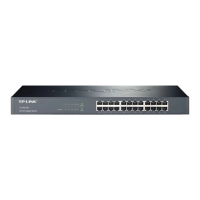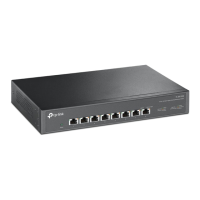243
The following table shows the details about the currently defined TLVs.
TLV Type TLV Name Description Usage in
0 End of LLDPDU Mark the end of the TLV sequence in LLDPDUs.
Any information following an End Of LLDPDU
TLV shall be ignored.
Mandatory
1 Chassis ID
Identifies the Chassis address of the
connected device.
Mandatory
2 Port ID Identifies the MAC address of the specific port
that transmitted the LLDP frame.
Mandatory
3 Time To Live
Indicates the number of seconds that the
neighbor device is to regard the local
information to be valid.
Mandatory
4 Port
Identifies the description string of the port. Optional
Identifies the system name.
6 System
Identifies the system description. Optional
7 System
Identifies the main functions of the system and
Optional
8 Management
Address
Identifies the management IP address, the
corresponding interface number and OID
(Object Identifier). The management IP address
is specified by the user.
Optional
127 Organizationally
Specific
Allows different organi
zations, such as IEEE
802.1, IEEE 802.3, IETF, as well as individual
software and equipment vendors, to define
TLVs that advertise information to remote
device.
Optional
Optional TLVs are grouped into two categories including basic management TLV and
Organizationally-specific TLV.
1) Basic Management TLV
A set of TLVs considered to be basic to the management of the network stations are required
for all LLDP implementations.
2) Organizationally Specific TLV
Different organizations have defined various TLVs. For instance, Port VLAN ID TLV, Port and
Protocol VLAN ID TLV, VLAN Name TLV And Protocol Identity TLV are defined by IEEE 802.1,
while MAC/PHY Configuration/Status TLV, Power Via MDI TLV, Link Aggregation TLV and
Maximum Frame TLV are defined by IEEE 802.3.
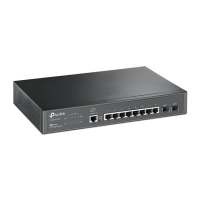
